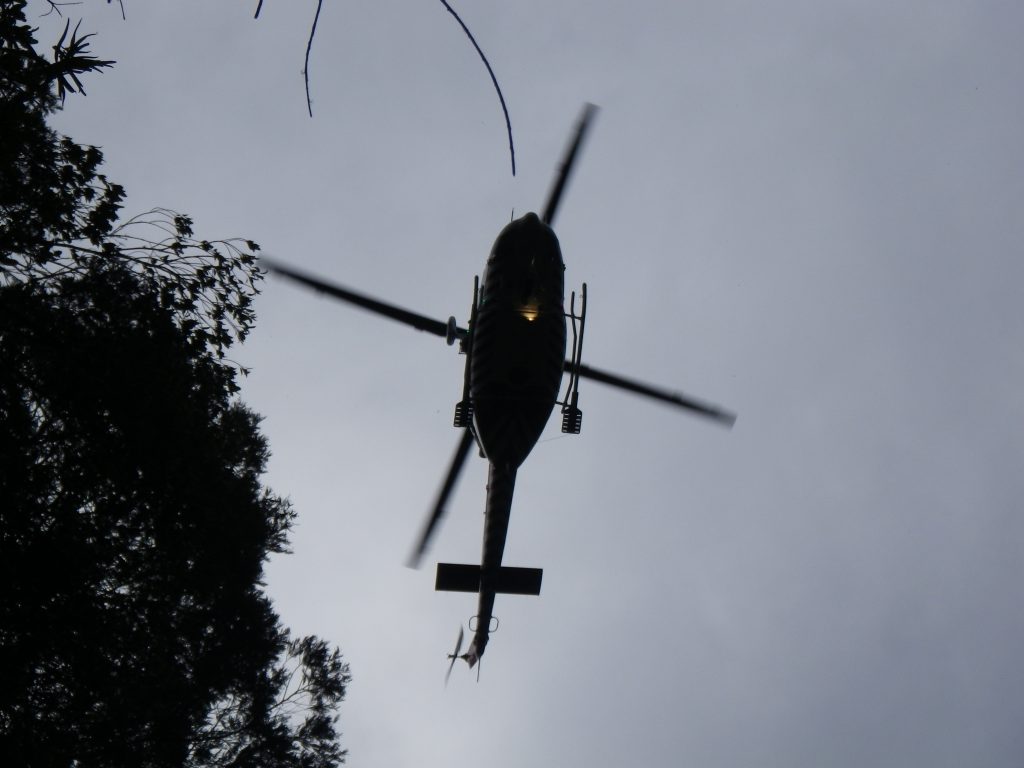Reading Time: 2 minutes

A Personal Locator Beacon (PLB)* is a highly reliable and effective way to communicate a serious and dangerous situation to emergency services.
A PLB, when activated, sends the location and the device identity via emergency communication satellites and commercial aircraft. It is a one-way communication.
A PLB does not provide any information about the nature of the emergency. It should only be activated in a situation of grave and imminent danger – when faced with a life threatening situation.
(* PLBs are sometimes called EPIRBs, but the term EPIRB is now limited to emergency beacons for marine vessels.)
Australian Government requirements for PLBs are here:
Using your Personal Locator Beacon
Advantages of a PLB
- Highly effective in a life threatening emergency; a response by emergency services is certain.
- Will operate in all locations, except deep gorges.
- Very easy to operate with minimal instruction.
- Reasonable purchase cost and the only ongoing cost is periodic battery replacement.
- Can be hired; a useful option for an extended or remote area trip.
- Long life battery (typically 5 years before replacement).
- Very robust and relatively light weight.
- Floating models are available for water activities.
- A good option for clubs to purchase.
Disadvantages of a PLB
- Use must be limited to life threatening situations – when facing grave and imminent danger. It must NOT be used for minor emergencies or changes of plan.
- One-way communication. A PLB cannot receive messages.
- The nature of the emergency cannot be communicated.
- No confirmation that the emergency message has been received.
- Cannot communicate with anyone other than emergency services.
When to activate a PLB
A PLB should only be activated in a situation of grave and imminent danger; a life threatening situation. This is a requirement of the Australian Marine Safety Authority.
Using the PLB effectively
- Position the PLB in a clear and open area with the aerial vertical, pointed towards the sky, preferably with 180 degrees or more of visibility, away from trees, cliff faces, vehicles, etc.
- Activate the emergency switch on the PLB.
When a PLB is activated
- The Rescue Coordination Centre (RCC) in Canberra receives the signal and location.
- The RCC notifies the relevant State Rescue Coordination Centre.
- An emergency services response will be initiated.
- The registered owner and emergency contacts recorded for the device will be contacted to confirm that the activation is genuine and to obtain trip details.
Note: This section Intentionally avoids excessive technical detail.

